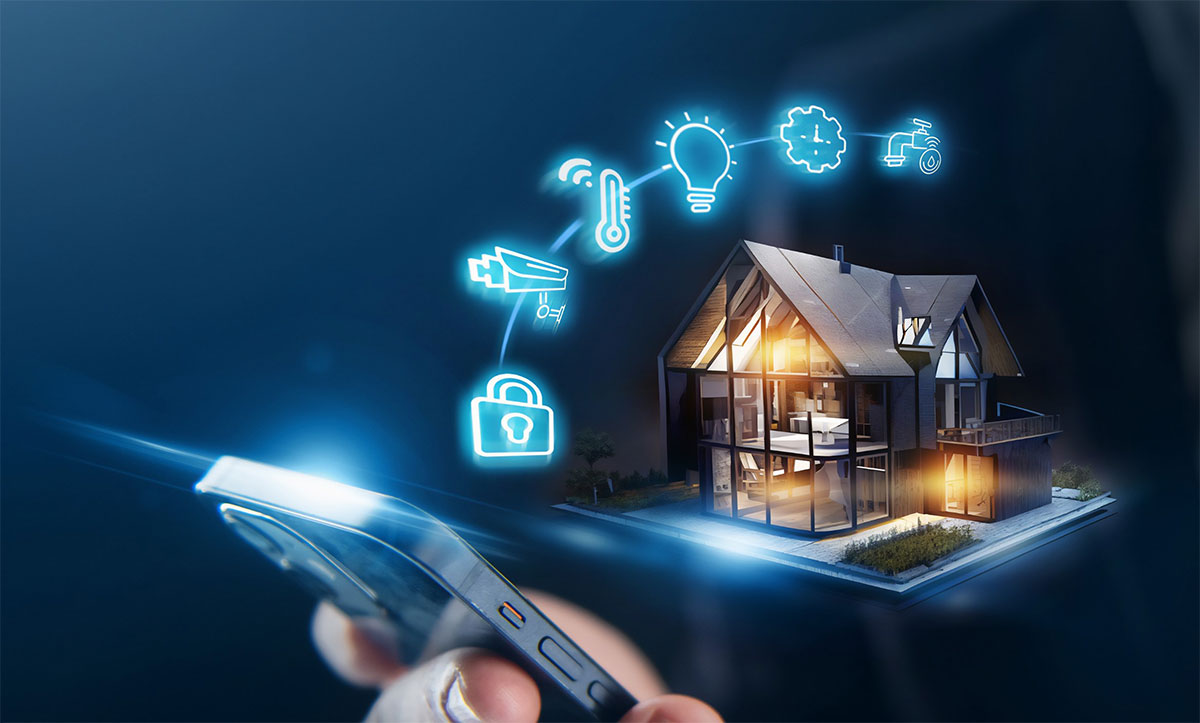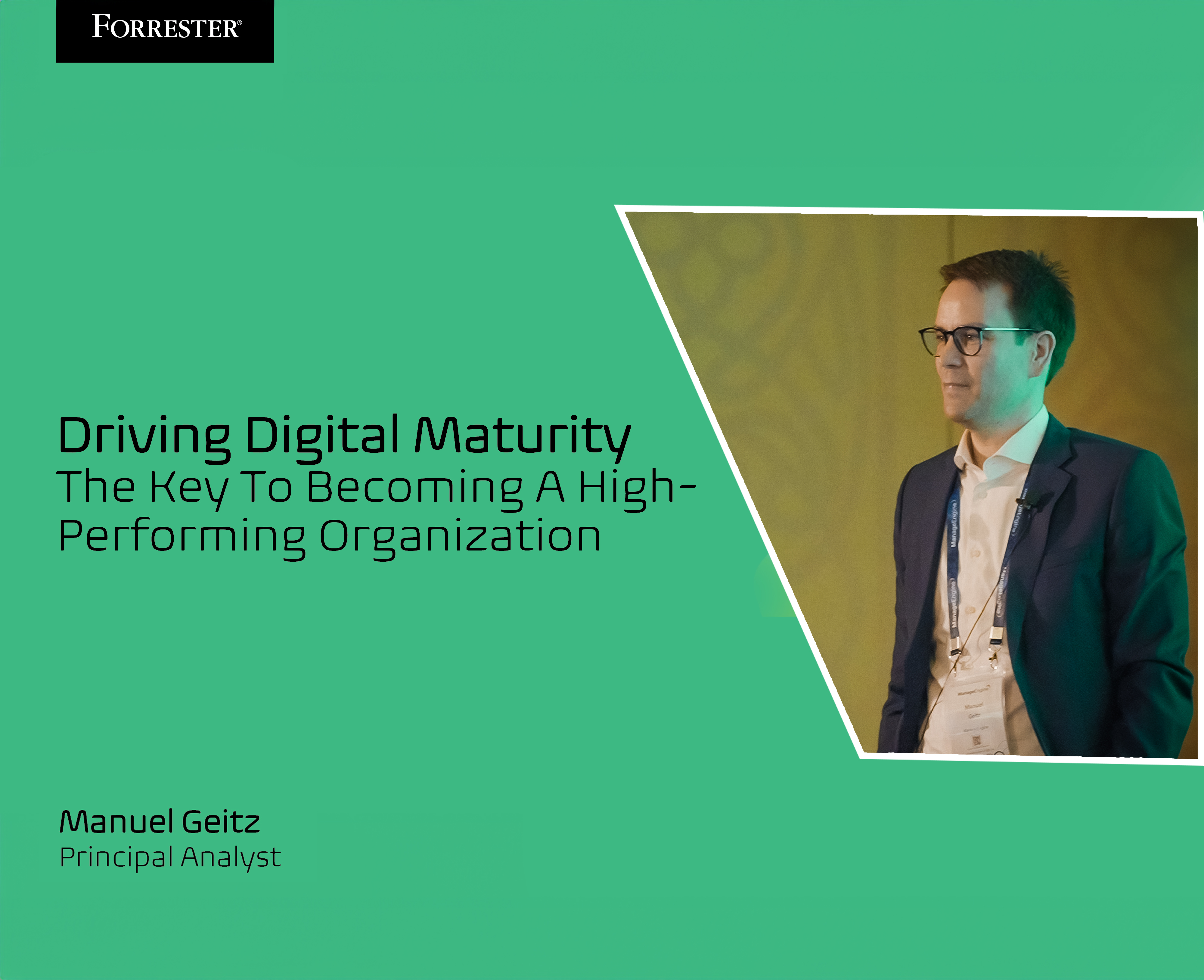The internet was created by the people and for the people. These days, it’s an integral aspect of our digital landscape and is so deeply ingrained in our daily routines that we can no longer envision completing tasks without it.
While the internet revolutionized life as we knew it, the Internet of Things (IoT) is going one step further to integrate our physical world into computer-based systems.
The IoT boom is taking place at a time where there are more things connected to the internet than there are people in the world. By 2025, there will be approximately 25 billion devices connected to the internet.
Unfortunately, as an increasing number of devices are connected to the internet, and as new AI technologies enter the market everyday to make our lives easier, policy-makers are struggling to catch up. Take the 2016 Mirai DDoS attack on Dyn, Inc., for example, where a global IoT botnet attack resulted in widespread disruption to internet service for users across North America and Europe. A study later found that after the 2016 attack on Dyn, 14,000 websites stopped using Dyn as their domain provider.
While this attack happened because of a combination of factors, including the vulnerabilities in IoT devices and the use of default usernames and passwords, it was also partly due to outdated security architecture and inadequate cybersecurity practices. An IT department may not always be aware of all the devices present on an organization’s network, or it may lack resources to fix security vulnerabilities.
A double-edged sword for enterprises?
As IoT technology continues to become a vital part of enterprises’ push towards digital transformation, ethical considerations surrounding data and communication have become a significant concern.
Using IoT data to personalize the customer experience can be a game-changer for businesses, enabling them to gain in-depth insights into their customers’ behavior and preferences. For example, a store can place IoT sensors at particular points to track customer behavior. These sensors can be placed at product displays, on shopping carts, or at checkout counters to collect data on customer movement, product interactions, and purchase decisions. By analyzing if customers are regularly buying a specific product, businesses can use this information to recommend similar products, promote cross-selling, or offer discounts on that product to boost sales.
The use of IoT data and other advanced data collection methods has made it easier for organizations to monitor and predict user behavior, with AI systems simplifying the process of understanding user needs.
The changes brought upon by these technologies represent a significant change in the way businesses engage with consumers and how consumers experience these interactions. However, this has also led to concerns about the potential for misuse of personal data and the perpetuation of biases.
Collecting and analyzing user data can be seen as a violation of privacy, which can damage the trust and reputation of an organization. Furthermore, using this data to coerce user behavior can be perceived as manipulative, as it can be used in ways that users may not fully understand.
From a cybersecurity perspective, such technologies increase enterprises’ attack surfaces because they collect and transmit vast amounts of sensitive information. Many of the devices that host this technology have weak security features, making them vulnerable to hacking and malware attacks.
Additionally, IoT devices transmit data over networks, and if these networks are not secure, it can allow hackers to gain access to the data and the devices themselves. According to a Forbes report, cyberattacks on IoT devices surged by 300% to more than 2.9 billion events in 2019 alone.
With the additional data and faster speeds offered by 5G, businesses may find it harder to detect and investigate any potential insider threats. A malicious employee or contractor could potentially access sensitive information and exfiltrate large amounts of data quickly before you or your team can even detect it.
Furthermore, it’s important for organizations to understand that the pace at which 5G and IoT have been developing has far outpaced the creation of security standards. With security gaps, vulnerabilities, and thousands of endpoints popping up every day, it leaves organizations vulnerable to data breaches and cyberattacks.
Mitigating risks for organizations
As we increasingly rely on digital technology to manage aspects of our lives, we are entrusting more of our personal information to these connected devices. It’s crucial to stay vigilant and continuously assess and update your organization’s security measures to protect against potential threats. It’s important to stay informed, educated, and proactive with your security approach.
At this point, there is a lack of a uniform standard across the industry to evaluate the security of IoT devices, making it difficult for consumers to know if their devices and online habits are effectively protecting their data.
So, where do we begin? As a rule of thumb, organizations should be transparent with customers about how their data is being collected, used, and shared. They should also consider hiring data experts to help them manage and analyze the data effectively and in compliance with laws and regulations.
You could also start with your people. Be aware that employees who are responsible for the proper use of IoT devices within organizations, as well as those who are deploying IoT devices and 5G networks in your organization, may lack proper security training. This lack of knowledge can lead to vulnerabilities that can be exploited by cyberattackers. This is a common issue since often new technologies are deployed before adequate security measures can be put in place.
It’s crucial to make sure your staff are properly trained and are aware of the security risks of IoT devices and 5G networks. This includes providing regular training, hiring staff with a security background, or using third-party experts to assist with deployment and configuration.
To mitigate these risks further, businesses can implement other robust security measures to protect the integrity of their systems and devices from cyberthreats; this includes implementing privileged access controls, encrypting all sensitive data, identifying and patching vulnerabilities even before they can occur, crafting the most appropriate incident response plans, monitoring third-party vendors, and implementing a continuous monitoring program. These measures should regularly be reviewed and updated to adapt to new threats and technologies.
By ensuring that your team is equipped with the knowledge and skills to secure these new technologies, you can protect your organization from potential cyberthreats.




